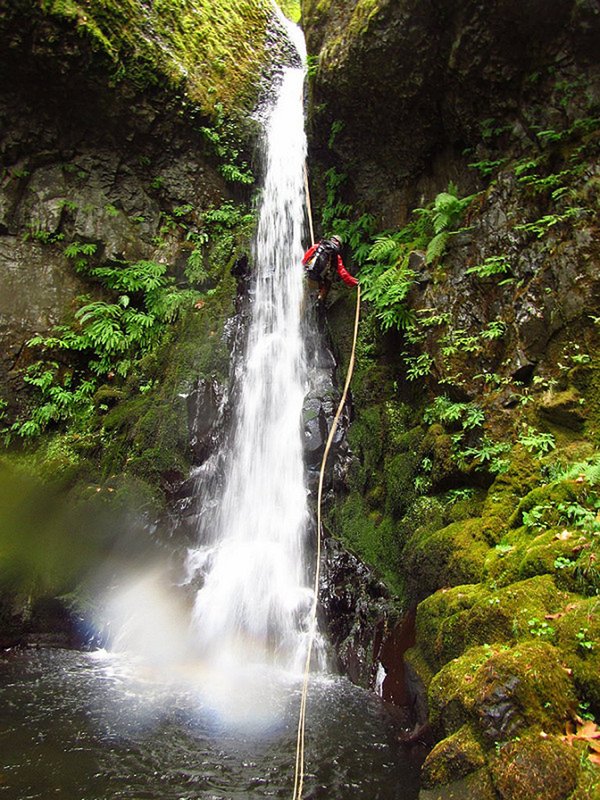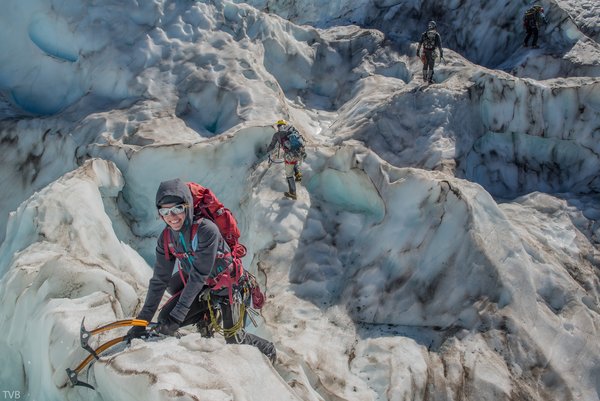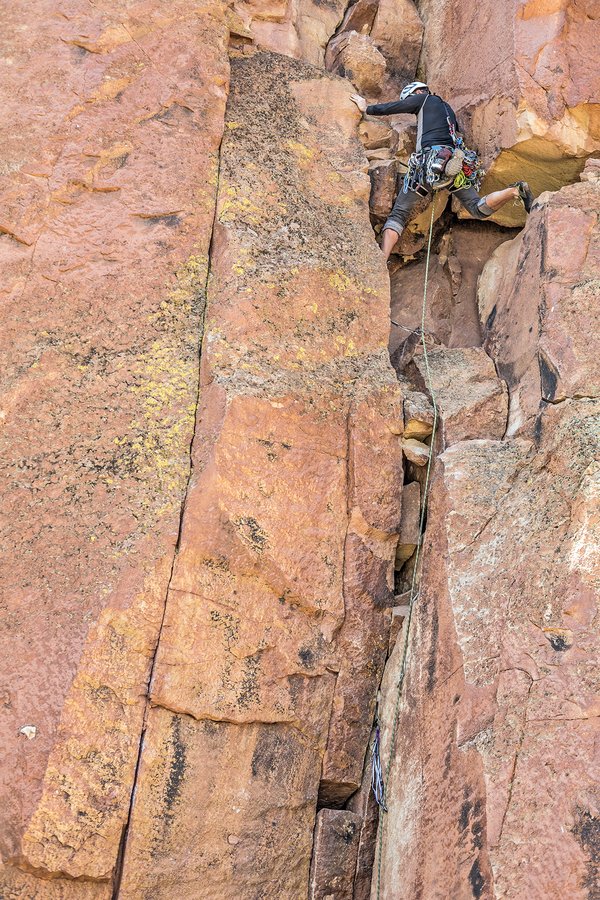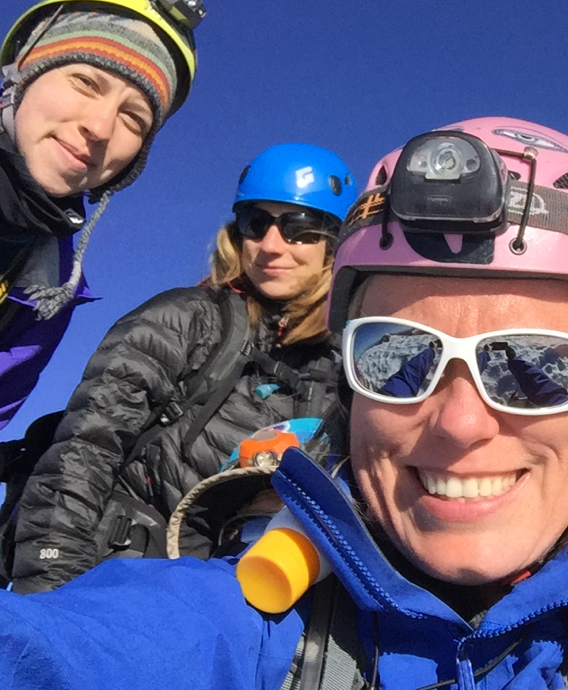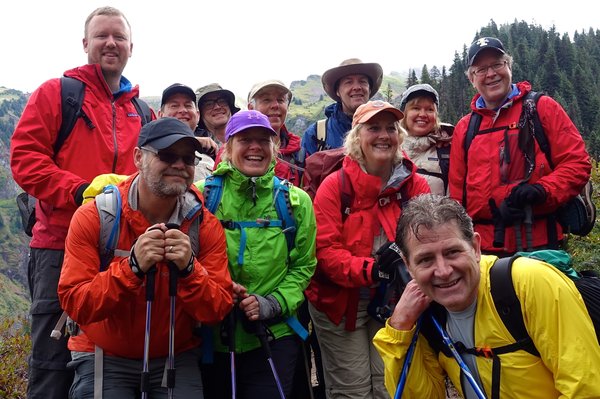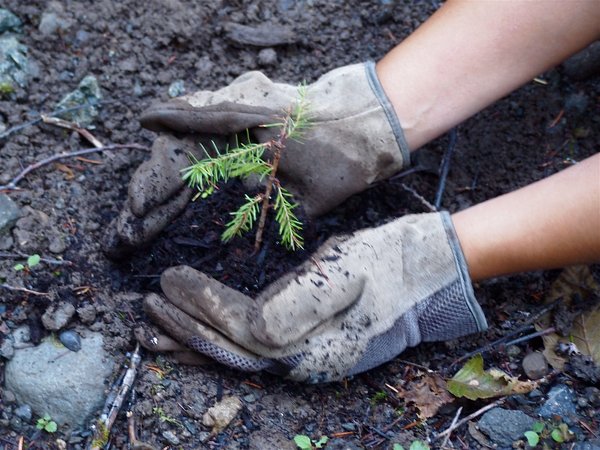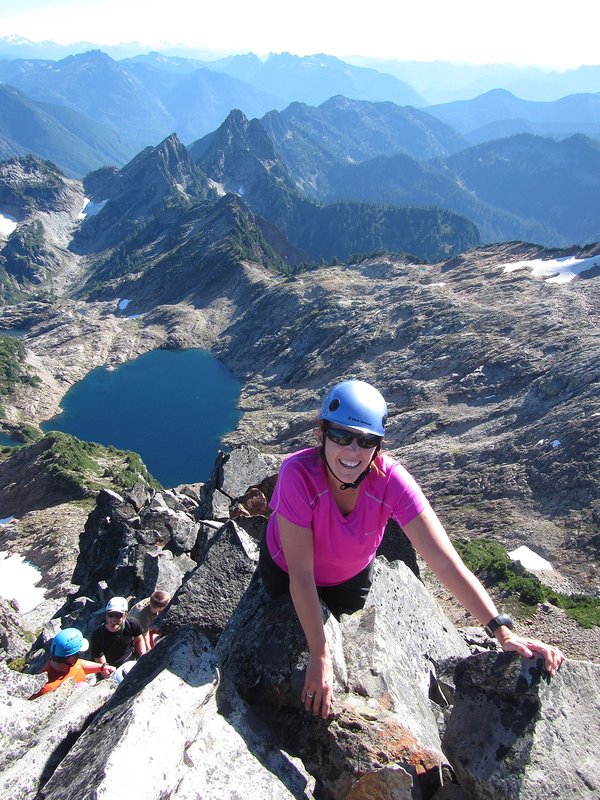Activity Notes
This is a South Side approach of Wy'East. This climb will start from Timberline at midnight and summit Thursday morning.
Once inside the crater, we will make a decision about the route to the summit that gives the team the best chance of success. it may be up through the Pearly Gates, up the Old Chute or one of the Old Chute variations.
I would like to carpool from my house in NE Portland. I'll send the address to the climb team when I let you know that you're on the team.
If you have questions, please feel free to contact me.
Things you should know about this climb:
1) Acceptance: I'll accept you on the climb when we have decided that we'll make the effort. This will probably be made before midnight at the Timberline Day Lodge. You will be charged for the climb at that point.
2) Go / No Go Decision - My assistant climb leader and I will discuss the weather and avy danger Monday morning, May 22nd and make a call. If we bail in town, I'll cancel the climb and you will not be charged. I'll make the call by noon on Wednesday and will cancel the climb on the website. You will then get an email with that status change.
3) Bailing on the climb - If your ability to join this climb changes, please cancel your registration on the website ASAP.
4) COVID-19 Limitations - If anyone in your carpooling requests that you mask up, you mask up. Be prepared to mask up at a moment's notice throughout the climb.
5) Gear - Please review the gear list. Please bring what you will need to keep yourself comfortable during the climb. If you have any questions, please ask, especially if you think it might be a dumb question. The only dumb question is the one you don't ask until the answer doesn't allow you to change the situation.
If you're missing critical gear (helmet, harness, crampons, ice axe) I will tell you to stay with the cars in the parking lot. <br>
Please don't forget critical gear<br>
If you are renting any gear, please make sure it fits properly before you pack your gear. This is especially true for crampons.<br>
During the climb, we'll take out axes, put on helmets and crampons when it seems prudent. I've climbed the mountain without crampons and I've put crampons on in the parking lot. You just gotta get there and see what the conditions require.
6) Questions - I really like questions. Really.
7) Logistics - We'll arrive at the Timberline Day Lodge between 11:30pm and 12:00am, where we'll sign in and gear up. I'll distribute group gear and go through a gear check.
8) Climb Schedule - We'll go at a moderate, but constant pace from the Day Lodge to the Top of the Palmer. We'll stop after about 15 minutes to take off excess clothing, once at the Silcox and then at the top of the Palmer Snowfield. Above the top of the Palmer, I'll ask everyone to take turn kicking steps as we head up to the Hogsback. Once there, the assistant climb leader and I will make a call about what to do next in terms of route and protection. We usually leave some equipment at the Hogsback. If conditions and your comfort level permit, we may climb to the summit using the self-belay technique as our protection. We'll see what seems prudent. Conditions permitting, we'll hang out on the summit, or just tag it and run away. We'll retrace our route, descending to the Hogsback, pack up and then descend to the base of Crater Rock, Top of the Palmer and then the parking lot. Time up and down depends on the conditions and the team. Could be 10 hours. I hope it will be less than 15.
9) Turning around climbers - If you're not feeling it or if I don't think you're going to make the summit without unduly jeopardizing the team, a great time to find out is during the 2 hours hiking up to the top of the Palmer. If anyone decides to turn around there, it should be safe to descend unassisted to the parking lot by following the lift poles.
Making this decision is mine alone and is not open to negotiation. I don't like doing it, but everyone can have a bad day. Or underestimate the effort required. Or bring too much crap. Or find out that their boots don't fit. Or any of a number of things. The mountain will be there for you to try again.
10) Dealing with Issues - Climbing has many ways to challenge you and make you suffer. The best way to avoid this is to constantly address issues: Are you warm enough? Are you too warm? Is that a hotspot? When did you last drink something? Eat something? Go to the bathroom? Is your pack comfortable? As you climb, remain constantly alert about these and any other issues you can think of. The trick is to address problems when they are small, so they stay small.
11) Blisters - Deal with blisters when they are small so they do not become debilitating. If you ask me if it's OK to stop so you can adjust your boots, I will compliment your attentiveness and foresight. I like complimenting people, so let's do that. This holds true for any other medical issue; if you tell someone on the team about it, we can help. Helping is what teammates do, so let us help.
12) Your Ego - This is not required gear, so you can leave it at the trailhead. This climb has to be about the team or it doesn't work nearly as well. Keep an eye on your teammates and help each other as you go along. Also (this is important!), accept help when it's offered.
13) My Ego - My greatest pleasure as a climb leader is seeing your expression when you crest the mountain and see the northern horizon. The climb itself doesn't mean nearly as much as showing you the way. To facilitate that objective, I have three rules, which we will follow to the letter:
Everyone gets back down safely<br>
Everyone has a good time<br>
If 1) and 2) are true, then we go for the summit
Let's hope the weather cooperates and we get a shot at the summit. Should be a hoot!

